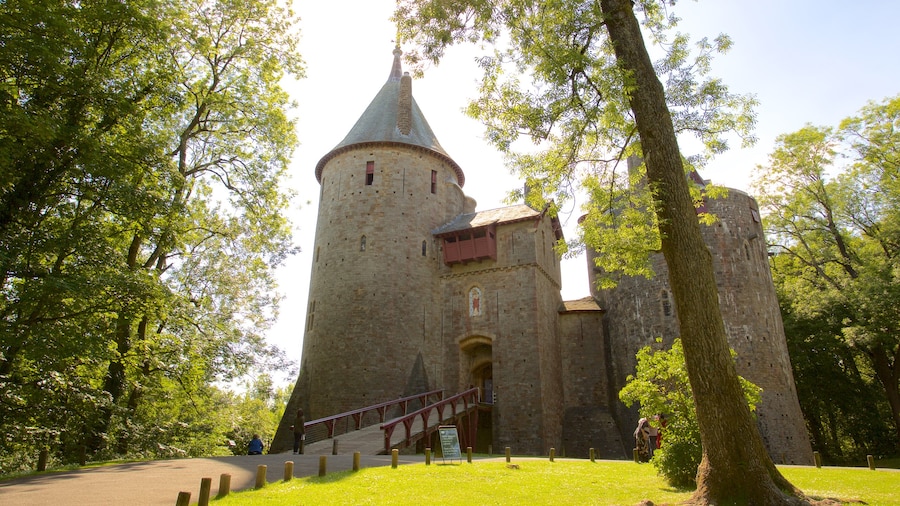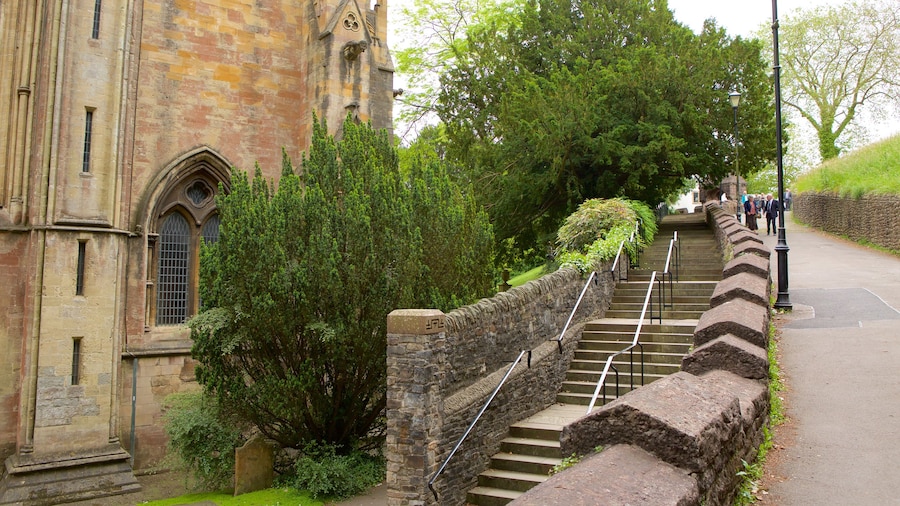Although the range of services it offers has been scaled back in recent years, Whitchurch Hospital remains one of Cardiff’s most striking landmarks.
Its elegant and imposing buildings stand alongside one of the main roads into the Welsh capital and most of the city’s inhabitants are aware of the site, even if they have never had call to make use of it.
The hospital began life as the Cardiff City Asylum on 15 April 1908. Taking 10 years to build and costing £350,000, it was created to cater for the city’s rapidly expanding population. By the time it opened, it was estimated that more than 1,000 Cardiff patients were being cared for at hospitals well outside the capital.
The main hospital building covered five acres and was designed to accommodate 750 patients in 10 wards. The site had its own water tower, sat on top of a powerhouse containing two steam-driven generators, and a working farm providing food and therapeutic benefits for its patients.
During World War One, it was renamed the Welsh Metropolitan War Hospital and it was turned over to the military entirely during World War Two. It became the largest emergency service hospital in south Wales, treating British, American and German personnel and was known for providing early treatment for post-traumatic stress disorder.
Today, some facilities have been moved to newly built units elsewhere and wards replaced by community-based services. In 2012, outline planning permission for a major residential development on the site was renewed for four years.






































